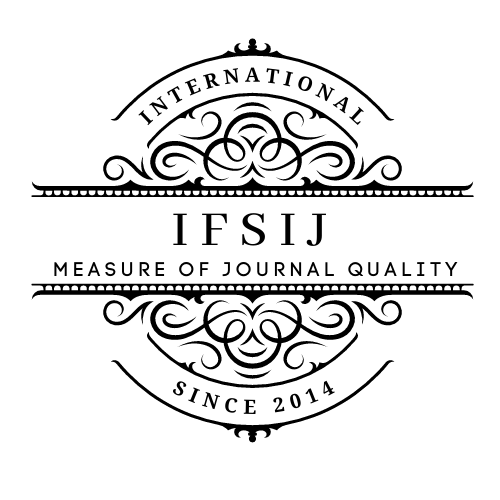DEVELOPMENT OF MEDICAL LITERACY AMONG STUDENTS BY TEACHING THE USE OF MEDICINAL PLANTS IN FOLK MEDICINE
Keywords:
Medicinal plants, folk medicine, medical literacy, pharmaceutical industry, onion (Allium cepa), garlic (Allium sativum), St. John’s wort (Hypericum perforatum), public health.Abstract
The article explores the development of medical literacy among students by teaching the use of medicinal plants in folk medicine. It emphasizes the geographical distribution, species diversity, growth characteristics, and chemical composition of plants used in both folk and official medicine. The paper highlights the importance of medicinal plants in maintaining public health, preventing diseases, and fostering a healthy young generation. Particular attention is given to onion (Allium cepa L.), garlic (Allium sativum L.), and St. John’s wort (Hypericum perforatum L.), describing their botanical properties, chemical compounds, and medicinal applications. The study underlines the growing demand for medicinal raw materials due to the rapid development of the pharmaceutical industry in Uzbekistan and worldwide, and the significance of integrating traditional knowledge with modern medical science.
Downloads
Published
Issue
Section
License

This work is licensed under a Creative Commons Attribution-NonCommercial-NoDerivatives 4.0 International License.















